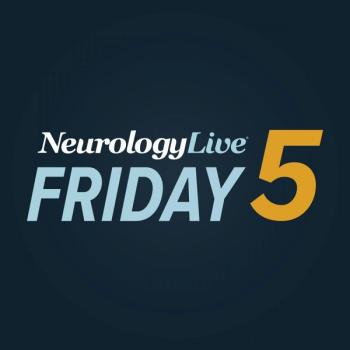Welcome to this special edition of Neurology News Network. I'm Marco Meglio.
BridgeBio has announced positive topline results from its phase 3 FORTIFY study (NCT05775848) assessing BBP-418, an investigational small molecule oral therapy, in patients living with limb-girdle muscular dystrophy type 2I/R9 (LGMD2I/R9). Based on the findings, the company noted that it intends to engage with the FDA later this year to discuss plans for a new drug application submission for the agent in the first half of 2026. FORTIFY is a randomized, double-blind, placebo-controlled phase 3 study, investigating the efficacy and safety of BBP-418 for the treatment of LGMD2I/R9, a disease with no approved treatments. In the primary interim analysis end point, findings at 3 months showed a highly statistically significant 1.8-fold increase from baseline (~ 17% of control; P <.0001) of glycosylated α-dystroglycan (αDG) in the BBP-418–treated group, compared with approximately no change in the placebo group.
Newly announced data from the phase 2 VIBRANCE-2 trial (NCT06555783) showed that treatment with once-daily alixorexton, an investigational orexin 2 receptor (OX2R) agonist, was safe and led to statistically significant and clinically meaningful efficacy improvements in patients with narcolepsy type 2 (NT2). Overall, the drug met the study’s dual end points, further supporting its development in a phase 3 program for NT2 and narcolepsy type 1 (NT1). VIBRANCE-2, a randomized, double-blind, placebo-controlled trial, featured 93 patients with NT2 who were randomly assigned to 1 of 3 doses of alixorexton (10 mg, 14 mg, or 18 mg) or placebo for an 8-week treatment period. At the conclusion of this time point, investigators reported clinically meaningful improvements in sleep latency, demonstrated through Maintenance of Wakefulness Test (MWT), at all doses. More specifically, those in the 14 mg and 18 mg groups demonstrated statistical significance (P <.05 adjusted for multiplicity).
Genentech recently announced that its investigational Bruton’s tyrosine kinase (BTK) inhibitor fenebrutinib met primary end points in 2 pivotal phase 3 studies of relapsing (RMS) and primary progressive multiple sclerosis (PPMS). These included the FENhance 2 (NCT04586023) study, which compared the therapy with teriflunomide (Aubagio; Sanofi) in RMS and FENtrepid (NCT04544449), which compared it with ocrelizumab (Ocrevus; Genentech) in PPMS. FENhance 2 and its previous trial FENhance 1 (NCT04586010) are similarly designed phase 3 multicenter, randomized, double-blind, double-dummy, parallel-group studies that investigate the efficacy and safety of fenebrutinib against teriflunomide in a total of 1497 adult patients with RMS. Findings from the FENhance 2 study showed that treatment with fenebrutinib led to significant reductions in annualized relapse rate (ARR), the primary outcome, compared with teriflunomide over at least 96 weeks. The company noted that liver safety was consistent with prior studies of fenebrutinib and that the results of FENhance 1 are expected by the first half of 2026.
For more direct access to expert insight, head to NeurologyLive.com. This has been Neurology News Network. Thanks for watching.




































